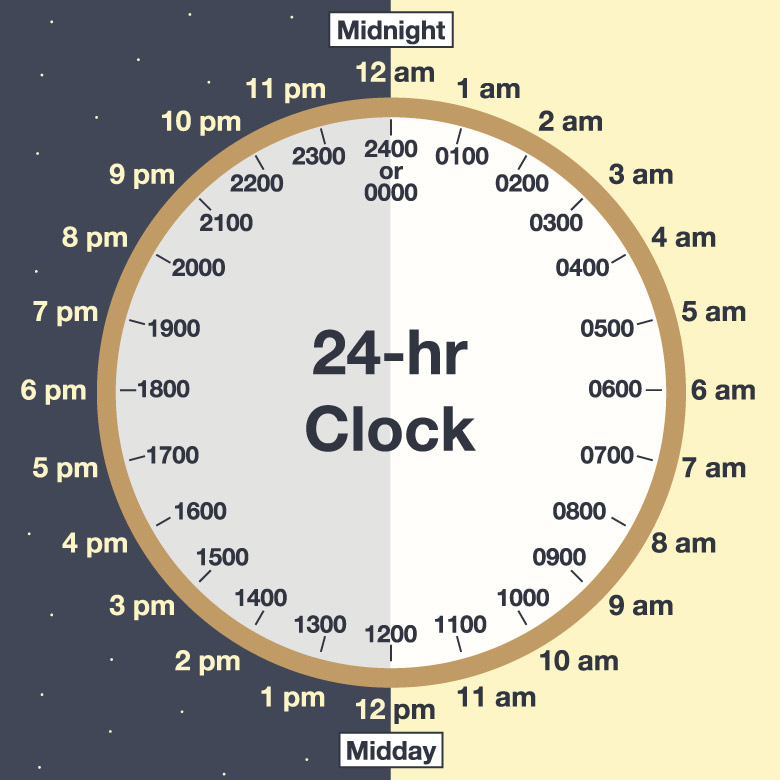Introduction to Time Representation
Time is an essential aspect of our daily lives, and different countries and cultures have various ways of representing it. The 12-hour clock system, commonly used in English-speaking countries, utilizes AM (Ante Meridiem) and PM (Post Meridiem) to distinguish between morning and afternoon/evening hours. However, in many programming and international contexts, the 24-hour clock system is preferred. In this article, we will explore the mathematics behind converting AM/PM time to the 24-hour clock format.
Understanding the 12-Hour Clock System
In the 12-hour clock system, the day is divided into two periods: AM and PM. AM represents the time from midnight (12:00 AM) to noon (11:59 AM), while PM represents the time from noon (12:00 PM) to midnight (11:59 PM).
Converting AM/PM Time to 24-Hour Clock Format
To convert AM/PM time to the 24-hour clock format, we need to consider a few rules:
- AM Time: For AM time, we keep the hour value unchanged if it is between 1:00 AM and 11:59 AM. For midnight (12:00 AM), we convert it to 00:00 in the 24-hour format.
- PM Time: For PM time, we add 12 to the hour value except for 12:00 PM, which remains unchanged.
Examples of Converting AM/PM Time to 24-Hour Clock Format
Let’s explore some examples to illustrate the conversion process:
- 9:30 AM:
- Since it’s AM time, we keep the hour value (9) unchanged.
- The 24-hour format is 09:30.
- 2:45 PM:
- Since it’s PM time, we add 12 to the hour value (2 + 12 = 14).
- The 24-hour format is 14:45.
- 12:00 PM:
- Since it’s PM time and the hour value is already 12, it remains unchanged.
- The 24-hour format is 12:00.
- 12:30 AM:
- Since it’s AM time and the hour value is 12, we convert it to 00:30.
- The 24-hour format is 00:30.
Handling Midnight and Noon
It’s important to note that the conversions for midnight (12:00 AM) and noon (12:00 PM) are exceptions. Midnight (12:00 AM) in the 24-hour format is represented as 00:00, while noon (12:00 PM) remains unchanged.
Implementing the Conversion in Code
If you want to implement the conversion from AM/PM to the 24-hour clock format in code, you can utilize programming constructs and variables to perform the necessary calculations. Here’s an example in Python:
def convert_to_24_hour(time):
hour, minute, period = map(int, time.split(':'))
if period == 'AM':
if hour == 12:
hour = 0
elif hour != 12:
hour += 12
return f'{hour:02d}:{minute:02d}'
# Example usage
am_pm_time = '9:30 AM'
converted_time = convert_to_24_hour(am_pm_time)
print(converted_time) # Output: 09:30

My name is Mark Stein and I am an author of technical articles at EasyTechh. I do the parsing, writing and publishing of articles on various IT topics.








+ There are no comments
Add yours